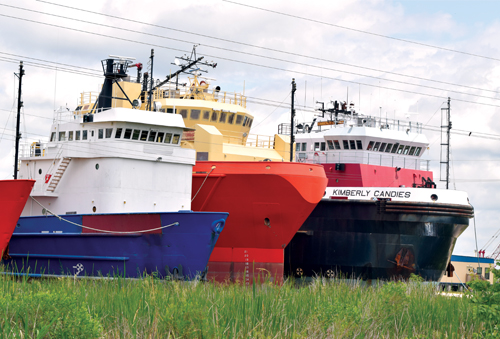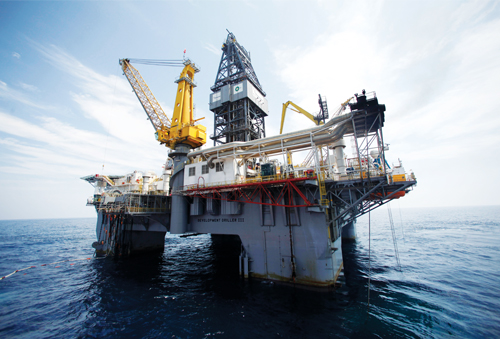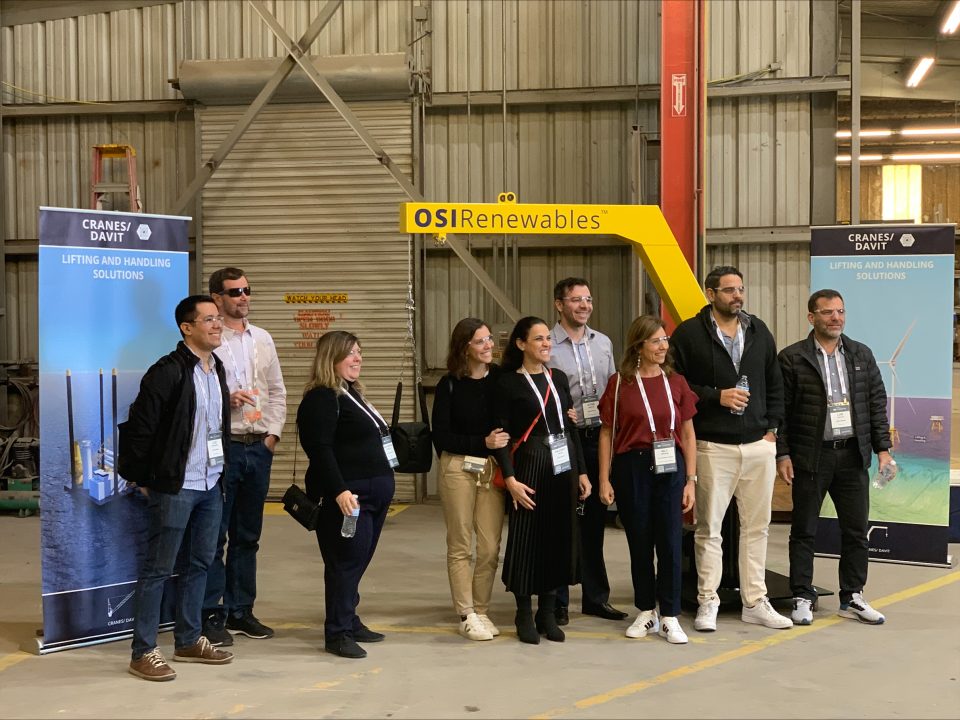
Quick Questions for the People in Charge | Eric, Paul and Mark Danos
May 16, 2018
Cautious Optimism
May 16, 2018THAN THEY’VE BEEN IN 3 YEARS
Houma native Josh Landry pulled his Chevy Tahoe up to the pump, got his wallet from the center console and took out a wad of cash.
“Three $20s. Here you go. Pump No. 5,” Landry said, gently handing the cash to his daughter, whose job was to go inside and pay.
Landry said he drives a lot these days. The young lady who went pay for the gas is a budding young athlete. Between traveling for her sports, work and other leisure activities, Landry estimates that he pulls the $20s out of his wallet sometimes two times a week – the cost of tanking up his family-sized SUV.
“It’s hundreds a month,” Landry said. “And that’s just for this vehicle – not counting the one at home.”
But while it may seem like the price to pump is a burden to Landry, he actually is happy that he’s paying it.
Because higher gas prices mean higher oil prices, which means that people locally – Landry included – are working again.
And that is good for everybody.
The price of oil is currently trading higher than it has in three years – dating back more than three years to the start of 2015.
At press-time in early May, oil was trading at nearly $70/barrel – a new, 40-month high for the prized natural resource, which is the single largest factor in determining the quality of the local economy each year.
Perhaps more important than the current peak is that the trends have been consistently moving upward. Since dipping under $45/barrel briefly last summer, the price has steadily continued to increase and has now been greater than $55/barrel for almost every day for six-straight months.
The higher cost per barrel means that drilling is more profitable for companies in the Gulf.
Of course, that means that local unemployment will go down, which should mean soon that sales taxes will begin to go up.
“We’ve been very, very busy,” said Landry, a worker for a company which supplies oil and gas companies. “It’s not booming yet, but I think people are stirring and you can see the smoke starting to form before the fire explodes and everyone really gets going again.”
The upward trend is what we all hope is the official end to the economic dip which has haunted our area for the past several years.
The industry was humming at marks $80-100/barrel from 2011-through-2014, as the oil and gas industry got back steam after the BP Oil Spill in 2010.
Work was steady, unemployment was low and a lot of folks locally were growing their businesses.
But then the bottom fell out.
At the end of 2014 and into 2015, global politics changed and OPEC nations flooded the market with oil, sending the price into a downward spiral.
Prices dropped from $100/barrel in late-2014 to as low as the low $30s at the peak of the glut, which lasted from 2015-2017 and which still has lingering effects even now.
Business in the Gulf screeched to a halt. Companies saw their profit margins drop. To offset, they laid off workers, which meant that people locally had less money to spend, which trickled down to every single facet of business in the Houma-Thibodaux area. Businesses and office spaces throughout the area which were once occupied now sit vacant – a sign of how bad things in the area had gotten.
“I am a little younger,” Landry said. “But some of the guys I work with said this is as bad as it’s been since the 1980s and a few think this time was even worse than that.”
But many believe the worst is now over.
OPEC nations reached a deal last year to limit global production, which has gradually raised prices.
As that’s happened, companies are making more money and business is being generated again.
OilPrice.com said in late-April that in first-quarter 2018 financials, major oil companies were showing profits and earnings that were as high as they’ve seen since the middle of 2014 when the downward spiral began.
The report also said that the trend is expected to continue into the future and the industry is preparing for “a boom.”
“There is a growing pressure in the oil industry for companies to keep momentum,” the report said.
And those locally in the field agree.
Port Fourchon Executive Director Chett Chiasson has said multiple times on record in the past several years that the dip has been troubling, but that long-term forecasts call for a comeback. He said that occupancy at the port has been good and that tenants are all eager and ready to get back to work.
“When there’s a downswing, it makes people uneasy, but there’s always a comeback and we’re waiting on it,” Chiasson said.
Economists agree and annual projections reports at the beginning of 2018 had outlooks for oil and gas which were far rosier than outlooks in 2015 and 2016 which were pessimistic at best.
And as for the long term?
The projections say the industry will have lulls and spikes – like it always has had in history.
But it also has a future.
One forecast, which looks at the global economy 20 years into the future, has oil and gas as an industry leader even then.
“It’s not going to go away,” Landry said. “Not as long as we have cars that need gas and everything else in this world which needs oil, which, if you think about it, is almost everything we own.”•












